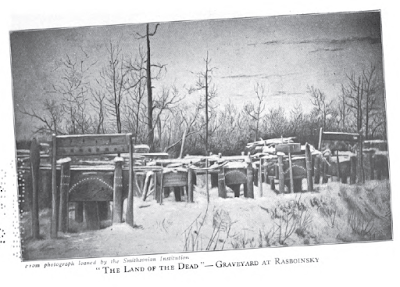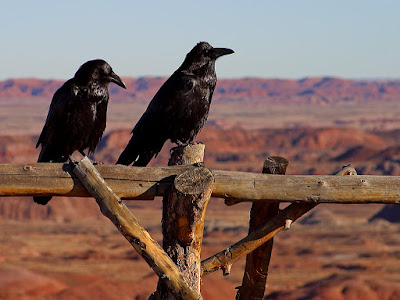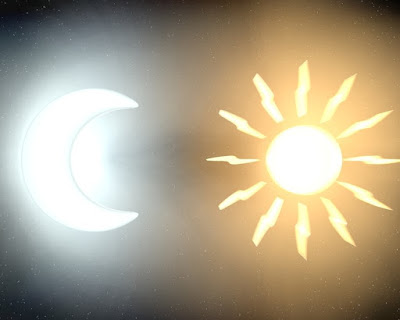The Maiden Who Loved a Star was really sweet to me. It reminded me of Romeo and Juliet or some other forbidden love story. I did feel bad for the maiden, though, when she was turned into a tree. I thought she was going to be turned into a cool animal that could fly or something, but no. Once again, I was impressed by the creativity of the Tejas legends. When I first started reading the story, I would never know that it was going to be an explanation for how purple sage appeared in the desert.
 |
| How I imagined the star falling to the maiden Photo by: Kenneth Lu |
When the Rainbow Was Torn had a lot of personification. In my storytelling, I think it would be cool to change an inanimate object into something with actions and characteristics, like the legends did for the rainbow. I thought it was interesting how all of the bands except the yellow, red and orange got away. I understand that they chose these to stay because that's what color the flowers were. But, I also wonder why they chose the color source to be the rainbow? Maybe because it was one of the only bright things around in nature?
These stories have intrigued me more than most of the folklore stories have. Like I have said before, the creativity and the almost randomness of how the different things in nature come to be makes me wonder about how the Tejas Indians thought. I wish I could travel back into time and be there when they told these stories in person. They seem so mystical and magical.
Bibliography:
When the Storm God Rides: Tejas and Other Indian Legends retold by Florence Stratton.






